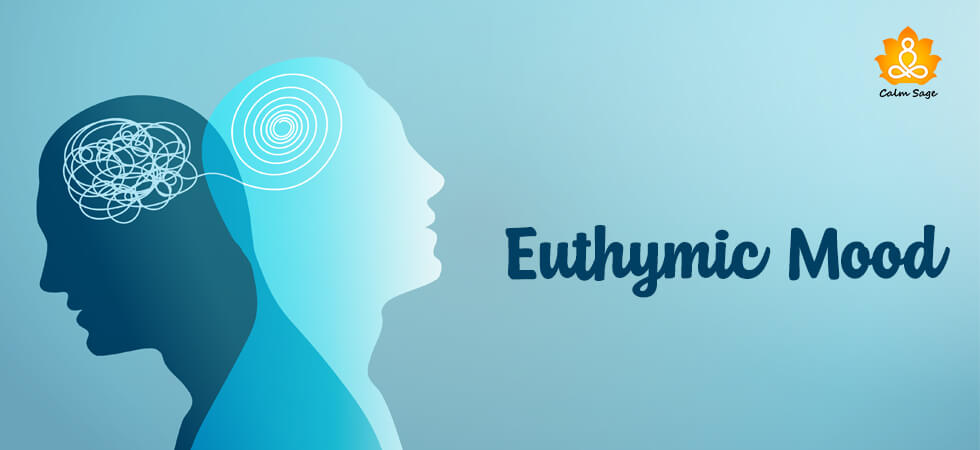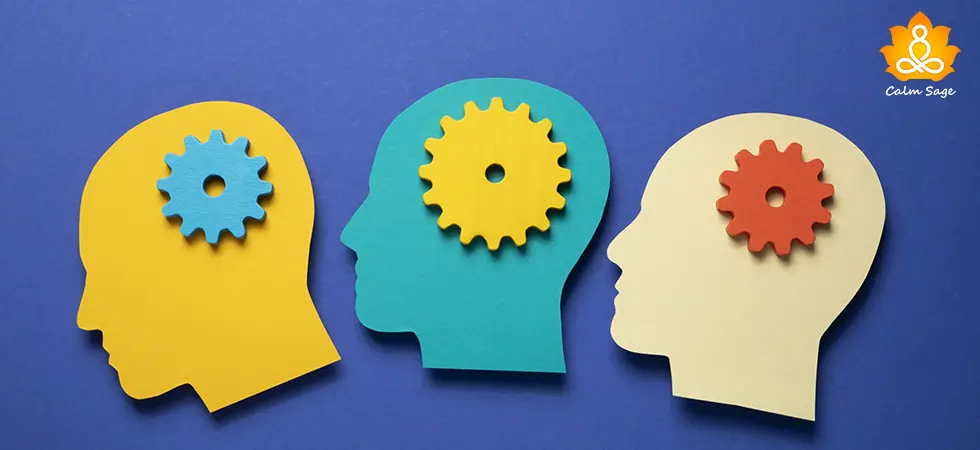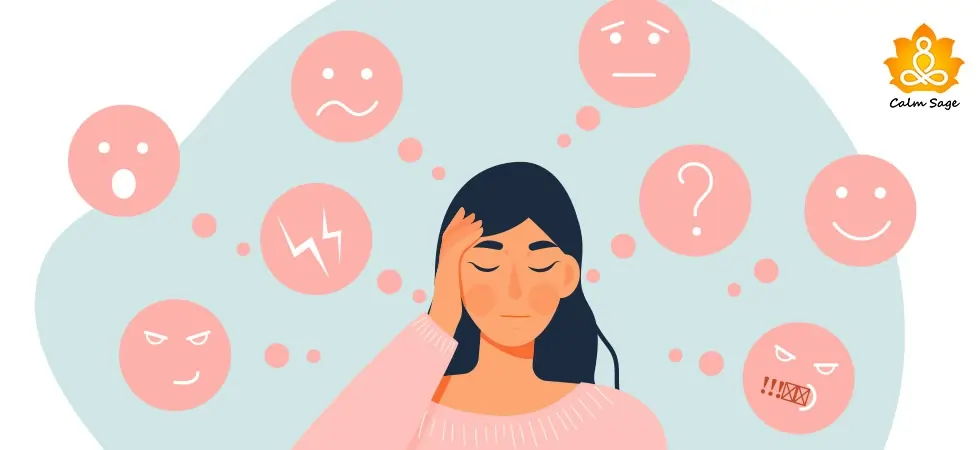Euthymic Mood: The Other Bipolar Mood You Need To Know About

The euthymic mood is a term that can be used to describe a relatively stable mood in bipolar disorder wherein a person is neither in a manic state nor a depressed state. While this condition can be confusing, a lot of people with euthymic bipolar may show signs and symptoms of depression which may negate the true meaning of this mood state.
In this blog, we’ll explore what is euthymic mood, the different euthymic affect, and how to manage the mood state of people with euthymic bipolar.
We sincerely hope that this article will help you understand the other bipolar mood you probably didn’t know about.
Related: Master Your Mood Swings: Learn the Causes, Red Flags, and Ways to Tame Them
What Is Euthymic Mood?
In simple words, the mood state in people with bipolar disorder where they don’t experience significant mood changes can be termed as euthymic mood. When a person is in a euthymic mood state, they might experience feelings of optimism and calm. They might also develop a resilient attitude towards stressful situations.
Another way of learning about euthymic mood is to understand the intensity of its symptoms. If on one end lies ‘depression’ and on the other lies ‘mania/hypomania ‘, then euthymic mood lies somewhere in between.
When a person’s mood is stable or ‘normal’ when they’re struggling with bipolar, then it can be considered that they are in a euthymic mood.
It is also important to note that people with dysthymia or persistent depressive disorder along with other mood disorders might also experience euthymic mood, occasionally.
How to Identify Euthymic Mood?
Identifying euthymic mood is important when you’re trying to differentiate between a manic state or a depressive state. When someone is in a euthymic mood, they might experience a feeling of calm and cheer.
A euthymic mood can be misdiagnosed with anhedonia, the mood state where you face the inability to feel pleasure in previously enjoyable activities. Anhedonia is not a depressive state but is one of the symptoms of depression and other mood disorders.
While people with euthymic bipolar may experience different feelings, some of the common signs of euthymic mood can be:
- Feeling happy or cheerful
- Feeling calm or content
- Feeling congruent
- Feeling moderately enthusiastic
Another aspect of euthymic mood is anxiety and while anxiety is usual in mood disorders, it is also common to experience some symptoms of anxiety while in a euthymic bipolar state.
Being in a euthymic mood state means that you’re in a stable mood state. However, there are two ways one can experience euthymic mood in bipolar:
1. Euthymic With Congruent Affect: Euthymic mood with congruent affect means when a person’s emotions are in accord with the situation. Simply put, when your emotional reaction is congruous or matches the feelings or situation you’re experiencing.
2. Euthymic With Reactive Affect: Euthymic mood with reactive affect means the state where a person responds suitably to the situation. Simply put, reactive affect means that your response changes according to the subject of the conversation.
Potential Triggers Of Euthymic Mood
The euthymic mood is the phase between depressive and manic episodes in bipolar disorder. The potential triggers of euthymic mood in bipolar disorder can be the same things that trigger the other moods – depression and mania. Another euthymic mood cause can be stress, witnessing or experiencing a traumatic event, or substance use.
| How To Measure Euthymic Mood?* | ||
|---|---|---|
| I become angry or upset for a short time | True | False |
| I don’t dwell on negative experiences | True | False |
| I can adapt well to a change in situation | True | False |
| I try to keep my behavior and attitude constant | True | False |
| I can manage stress most of the time | True | False |
| I usually feel cheerful | True | False |
| I usually feel calm | True | False |
| I usually feel active | True | False |
| I am surrounded by things I enjoy, daily | True | False |
| I usually wake up feeling well-rested and refreshed | True | False |
Treatment For Bipolar Disorder
Bipolar disorder is one of the serious and chronic mental health disorders that require appropriate assistance from a professional mental healthcare provider. A person with bipolar disorder needs to work with a therapist and doctor to learn how to regulate their symptoms.
When it comes to treating the symptoms of bipolar, it is important to keep in mind euthymic mood as well along with mania and depression.
Tracking and keeping a note of how long a person is in a euthymic mood (apart from mania and depressive state) can help direct the treatment.
1. Psychotherapy
Psychotherapy or talk therapy can be a great help in understanding the various mood states in bipolar disorder. One of the commonly prescribed therapy treatments is cognitive-behavioral treatment and interpersonal therapy.
Also Read: The Pros & Cons Of Cognitive Behavioral Therapy (CBT)
2. Medication
Prescribed medications such as mood stabilizers, anti-psychotics, and antidepressants can also help in treating symptoms and mood swings that accompany bipolar disorder.
Note: Please do not take any medications without consulting a physician beforehand. Some of these medications may have side effects that may worsen your symptoms or mood.
Also Read: Therapy vs. Medication: The Best Choice For Your Mental Health Condition
3. Self-Help
Making significant lifestyle changes can also help control the symptoms of bipolar. Some of the common things you can do on your own are to:
- Eating a healthy and well-balanced diet
- Joining a support group
- Talking to trusted friends and family members
- Learning more about your mood swings
- Talking to a mental health professional
If you or someone you know are experiencing symptoms of bipolar disorder, it is recommended you consult a mental health professional immediately.
Related: What To Avoid If You Or Your Loved One Has Bipolar Disorder?
Final Thoughts
If you or someone you know is dealing with bipolar disorder, it is important to know about the mood states involved in the disorder. Managing the highs of mania or hypomania and the lows of depression can be challenging but not impossible.
Stuck in between these two mood states? You might be experiencing a euthymic mood state, a state wherein you neither feel manic or depressed, just happy and calm. With the above-mentioned treatment, it is possible to regulate your state and feel better.
I hope, with this read, you were able to understand what is euthymic mood, euthymic affect, and how to manage euthymic bipolar.
For further help and information, you can write to us at info@calmsage.com or drop a message to us on our social media pages.
Take care of yourself and stay safe!




















